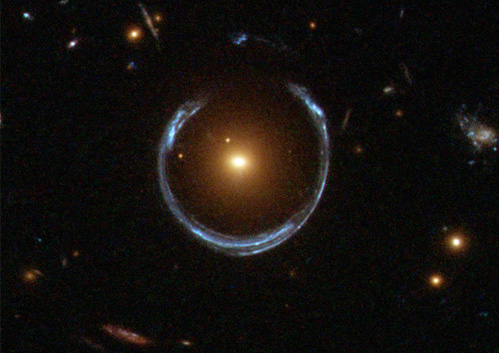China’s Qimingxing-50 drone, which took off from an airport in Shaanxi province, had a smooth flight for 26 minutes and landed safely.
Recently, the US Army helped test a solar-powered, near-space Airbus Zephyr S drone that set a new record by being airborne for 42 days.
Reference
The Mid-Infrared Instrument (MIRI) of the James Webb Space Telescope Telescope has captured an image of an almost perfect “Einstein ring”.
Einstein Ring phenomenon was first discovered in 1988 as the phenomenon of bending of the light was predicted by Alert Einstein.

Reference
The Inouye Solar Telescope has captured an image of the Sun’s chromosphere a resolution of 18 kilometres.
The chromosphere is the second of the three main layers in the Sun’s atmosphere. It is located above the photosphere and below the solar transition region and corona.
Reference